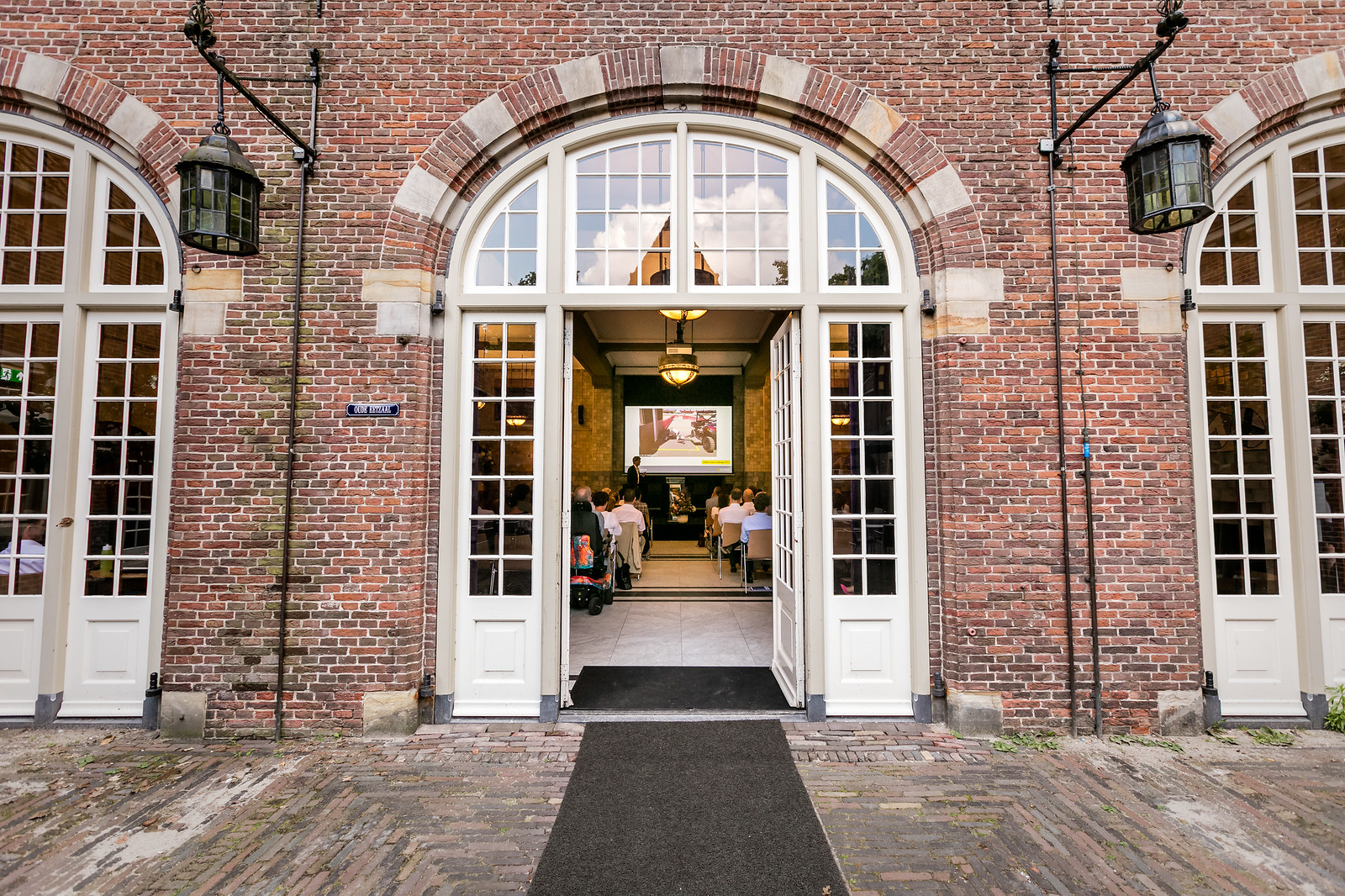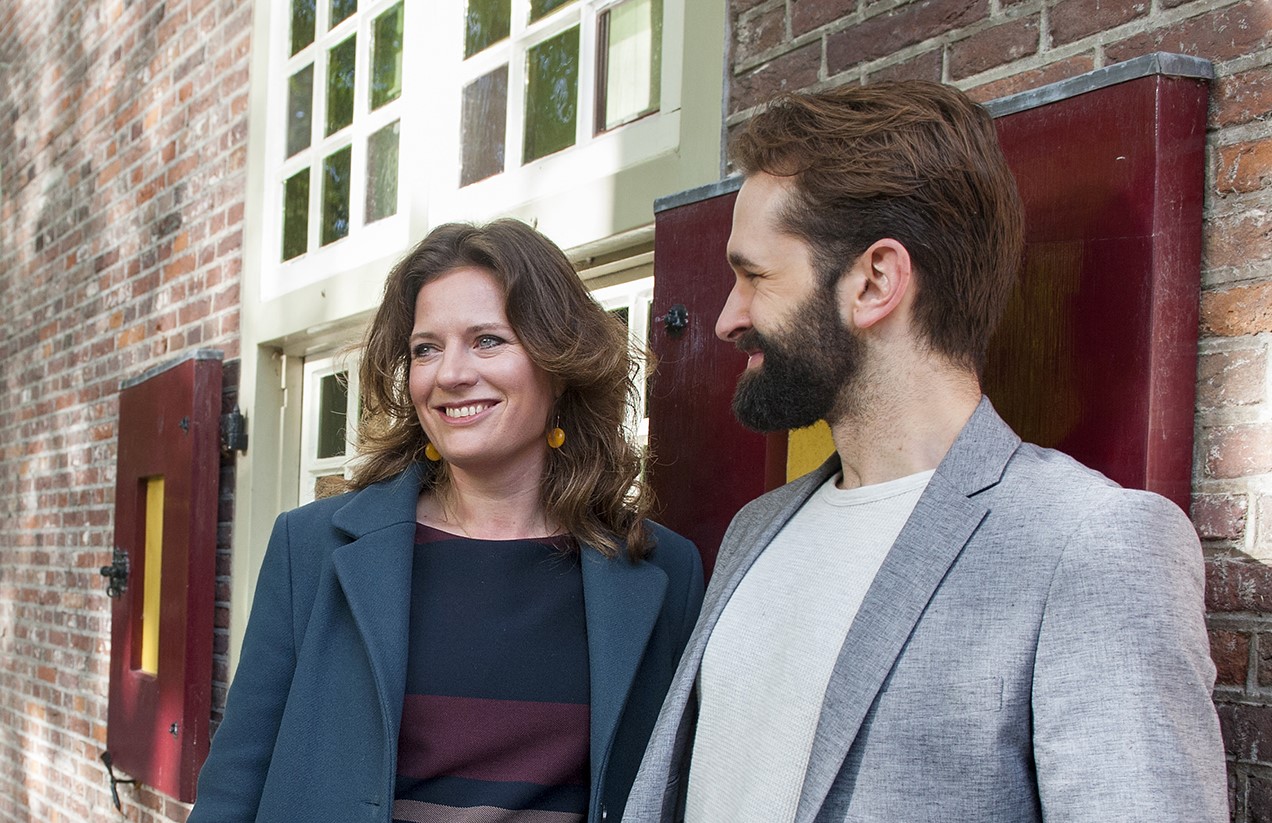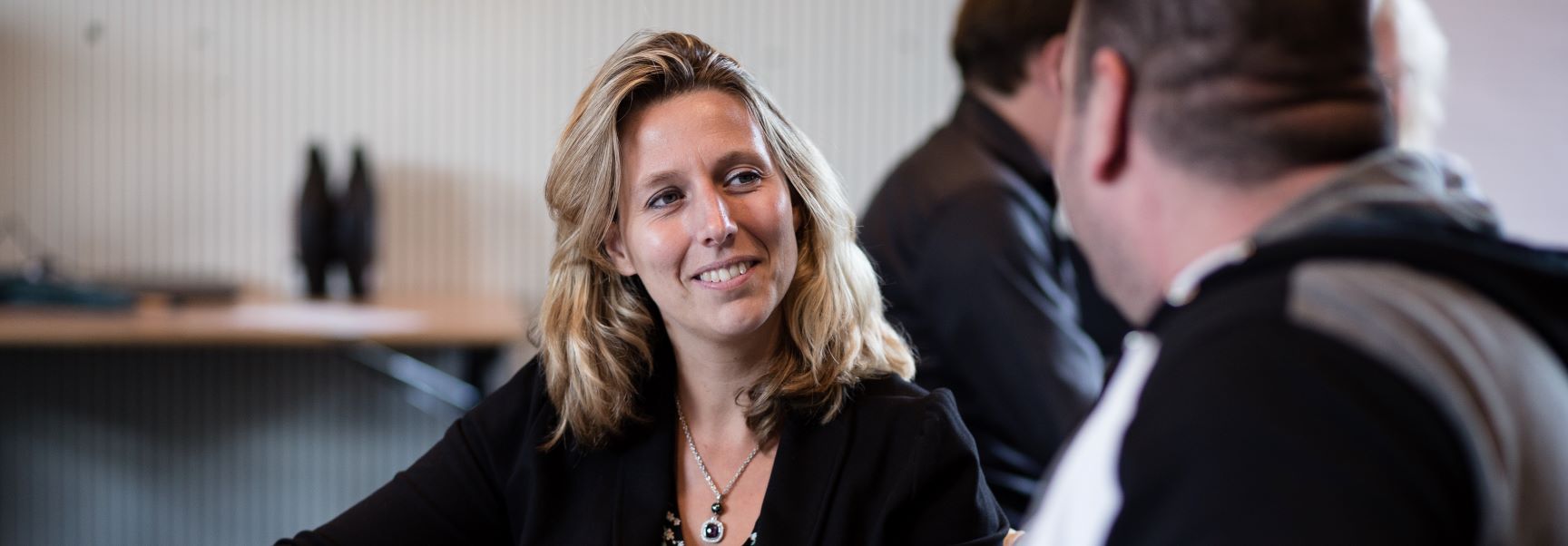Agile working in multidisciplinary teams makes work more enjoyable and ensures that your customers receive better service. This is a key conclusion from Mike Hoogveld’s research on the effect of agile working on customer service. He will receive his doctorate today from Nyenrode Business Universiteit. Hoogveld developed a model that highlights three success factors: working in multidisciplinary teams, doing sprints and utilizing expertise. A notable finding is that this approach also leads to greater job satisfaction among personnel.
Agile (flexible) working originated in the IT business, but is now being embraced by many organizations. The agile approach means working with a multidisciplinary team for short periods (sprints) to complete a project focused on the customer. This enables you to easily respond to your customer’s changing wishes and needs. 'Agile collaboration with various experts in a team is a great learning experience for employees. They like being responsible for what is delivered to the customer as well. It’s also satisfying to produce something tangible in a short period of time, and that makes the work more enjoyable,' Hoogveld explains.
Standing out from the competition
Hoogveld conducted a large-scale survey and did a case study at four energy suppliers: 'These are complex organizations with a product that is not very distinct from the competition. That’s why good performance in the customer journey (all of the interactions that a customer experiences) is so important. However, the condition is that all internal business processes must be well-aligned with each other. The biggest success factor in this regard is working in multidisciplinary teams: you have all the expertise on board and can operate as a mini-enterprise. The result? Increased speed and more satisfied, loyal customers.'
Service-oriented leadership
Hoogveld’s study also shows that the leadership approach is a determining factor in the success of agile working for the customer. 'This requires service-oriented leadership. In other words: managers and supervisors should collaborate with employees to set priorities and formulate goals, but then give them the space to pursue these in their own way. The effect is improved speed and quality for the customer. This also happens when you put a team together in the same place, so that they have face-to-face communication,' Hoogveld says.
Not a quick fix
Agile working is not a goal in itself, but a means to bring about change. It’s a common pitfall to think that this can be achieved with tools and techniques alone. 'I think many companies tend to abandon the idea that agile working is the solution for all their problems. Sometimes the organizational context simply isn’t ready for it. People also have to be willing to change their mindset. This includes not being afraid to make mistakes so that you can learn what does and doesn’t work in practice. In addition to displaying service-oriented leadership, you need to have the courage to critically examine your own organization and ask: why are we doing this? Only then can you address the question of how to use tools and techniques to achieve your aim.' In short: it’s not a quick fix, and this often turns out to be difficult for companies that are wrapped up in day-to-day operations and take little time for real innovation.
Tags
Related programs
-
Executive Program Sales Management
Start date: February 6, 2025, May 15, 2025Language:- Dutch
Location:- Breukelen
- Online
A proactive attitude and solid, personal and passionate leadership are crucial to remaining successful as a sales manager in this changing world.
View program
-
Strategic Marketing and Innovation
Start date: October 5, 2026Language:- English
Location:- Breukelen
Through the range of advanced strategic marketing (e-commerce, segmentation, omni-channel, social media) and actual business cases (big data, privacy, migration from offline to online, integrating online and offline) participants will discuss how marketing and technology can strengthen each other.
View program
-
Change Management and Organizational Development
Start date: March 9th 2026Language:- Dutch
Location:- Breukelen
This module is only given in Dutch. Please visit our Dutch site.
View program
-
Business Ethics in context
Start date: September 24, 2026Language:- English
Location:- Breukelen
Explore the interfaces between market, law and ethics. Part of the modular MBA Business & IT.
View program
-
Change Management and Organizational Development
Start date: March 26th, 2026 & September 16th, 2026Language:- English
Location:- Breukelen
The module Change Management and Organizational Development is part of the Modular Executive MBA Business & IT and focuses on managing in a changing organization.
View program
-
Market, Law and Ethics
Start date: March 2026Language:- Dutch
Location:- Breukelen
This module is only given in Dutch. Please visit our Dutch site.
View program
